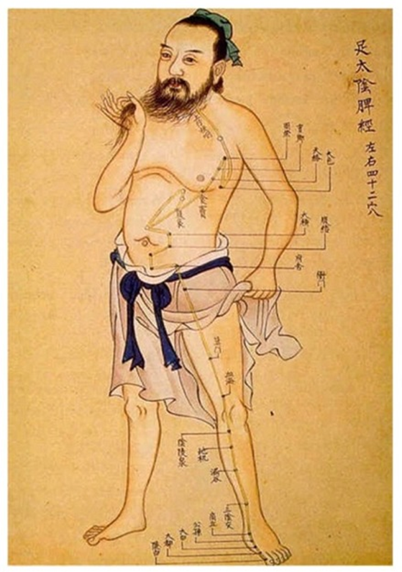- 425-243-4325
- 11416 Slater Ave N.E., Suite 100, Kirkland, 98033
- dchen@seedsofrenewalacu.com
In the early 1950's, Dr. Yoshio Nakatani noted areas of altered electrical conductivity on the skin of patients with various diseases. These areas were found to be points of approximately 1cm diameter, generally in lines following the classical Chinese acupuncture meridians. Dr. Nakatani refined his procedures to encompass both diagnosis and treatment. Diagnosis was performed with an electrical instrument measuring electrical conductivity of the skin. By measuring the conductivity of each meridian, energetic excesses and deficiencies could be located. Treatment consisted of stimulating specific acupuncture points to either "tonify" a deficient meridian, or "sedate" an excessive meridian.
Since Dr. Nakatani's original work, a variety of research studies have sought to further the body of knowledge about the electrical characteristics of the acupuncture meridians. The results show beyond doubt that the acupuncture meridians are electrically active. Increased conductance and propagation along acupuncture meridians has been measured, and noted to change with acupuncture needle insertion and duration of illness.
Miridia Technology Inc. developed AcuGraph as a computer measurement interface in 2002 and remains to be the industry leader. At our clinic, we have found that the system provides additional tools for diagnosis and improves treatment efficiency.
